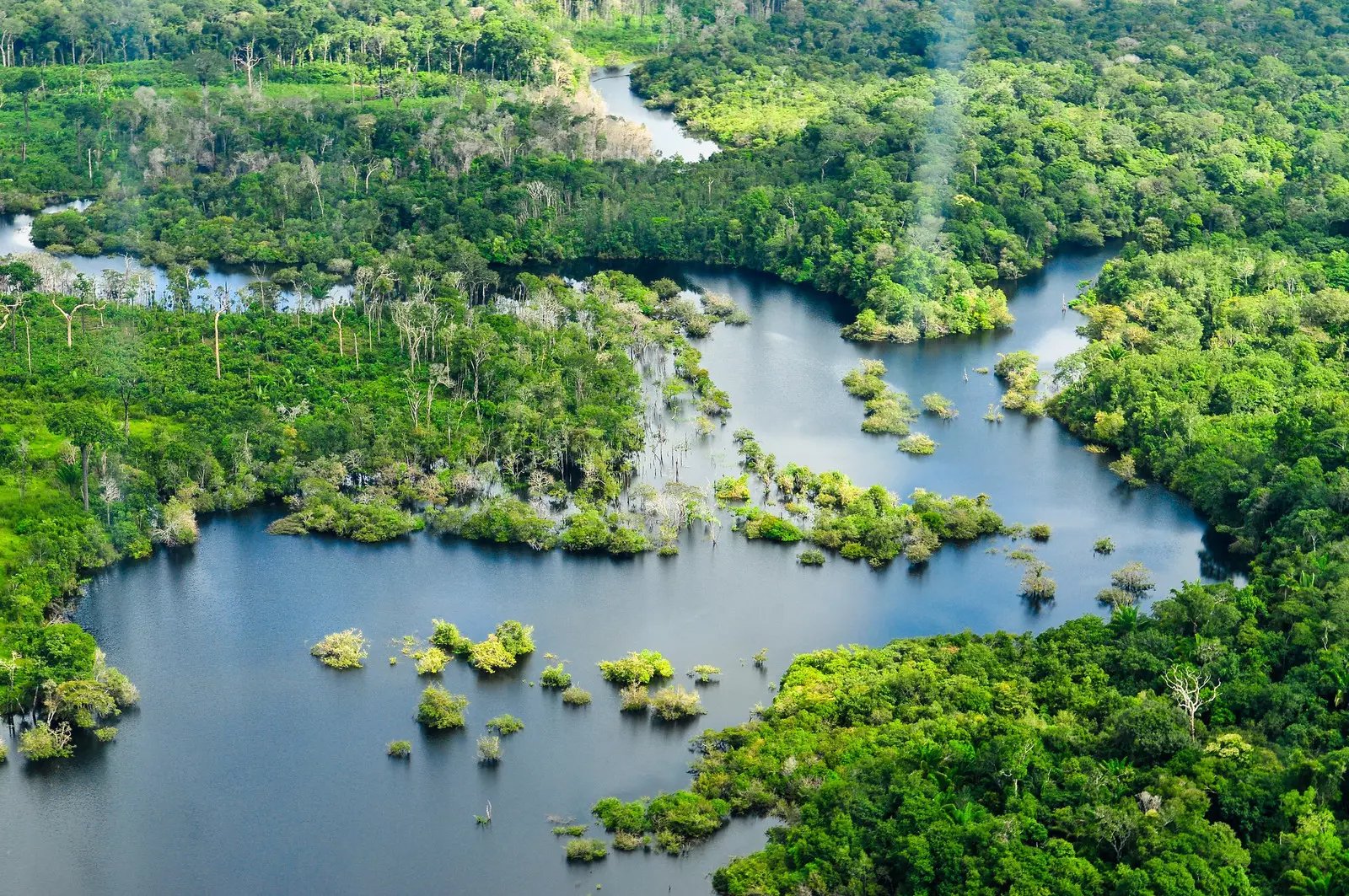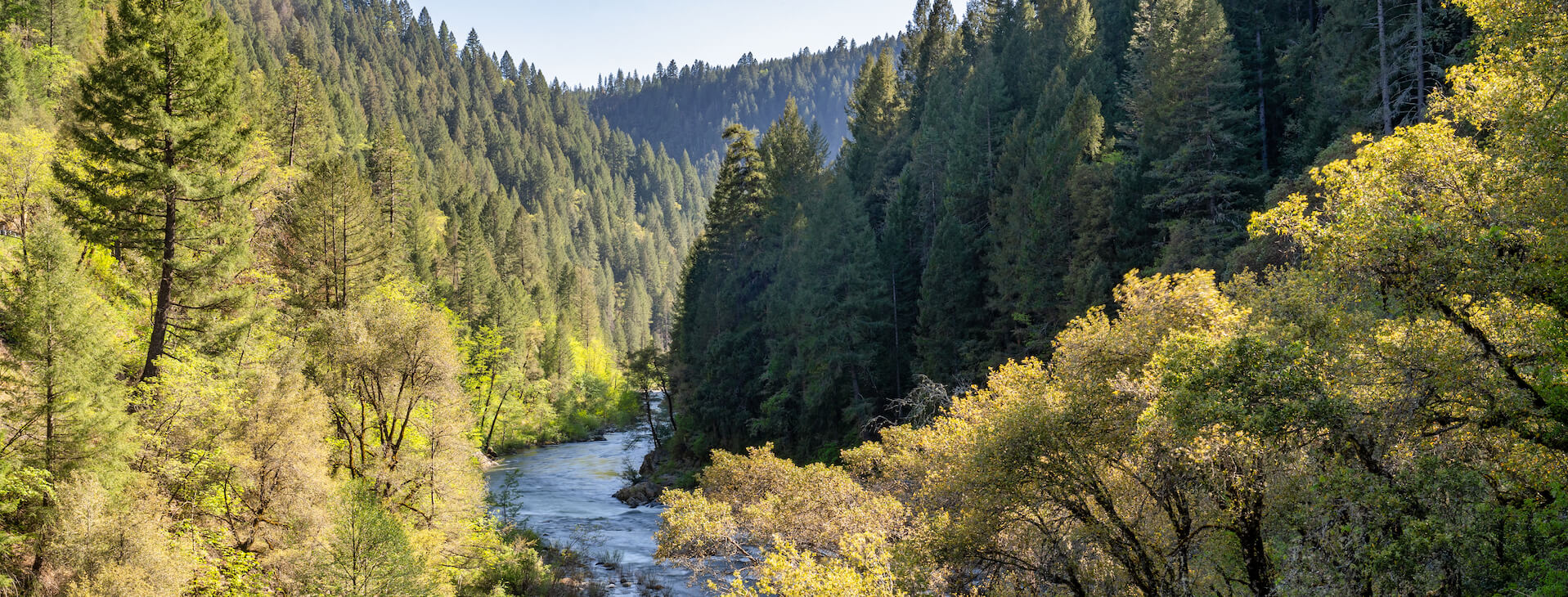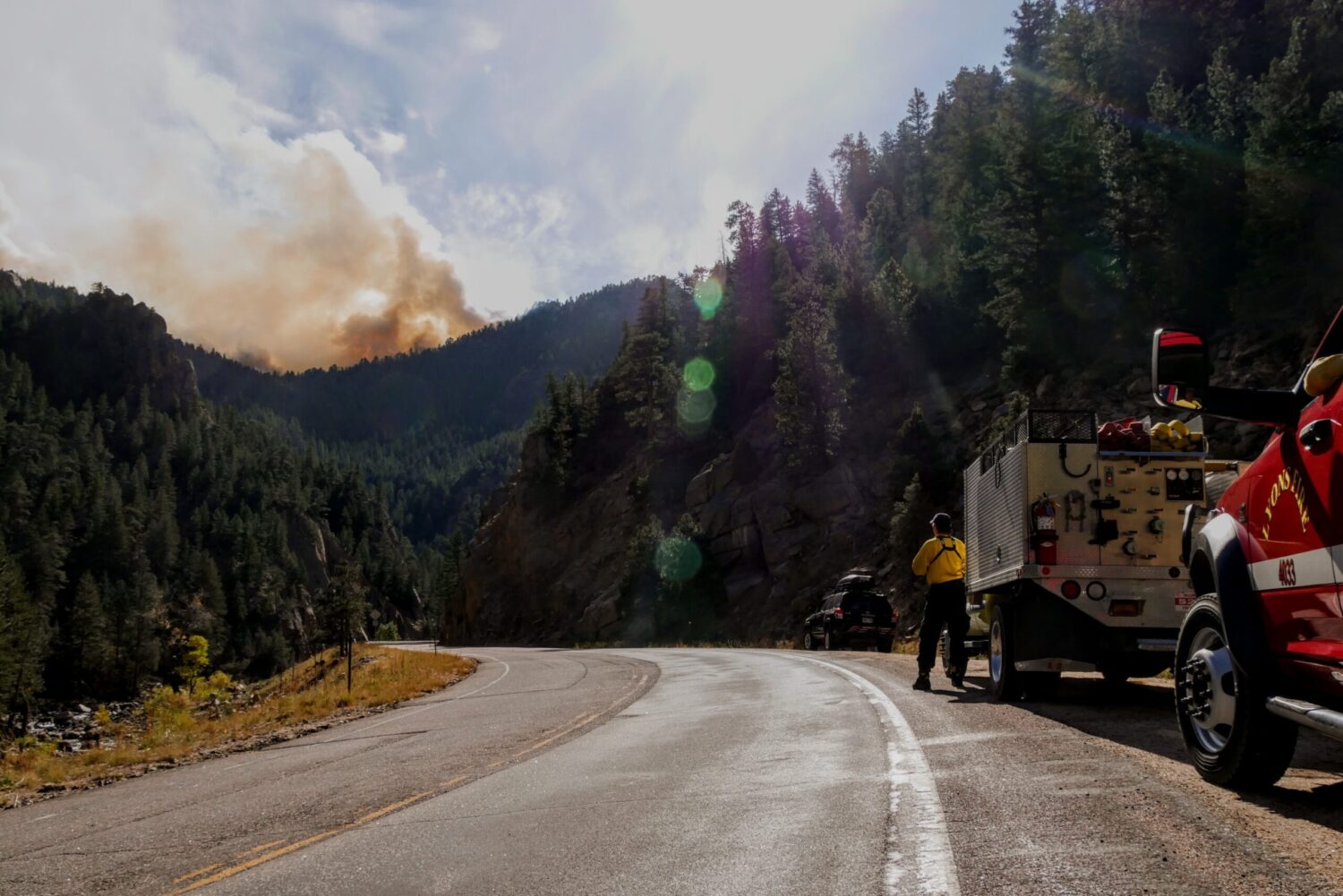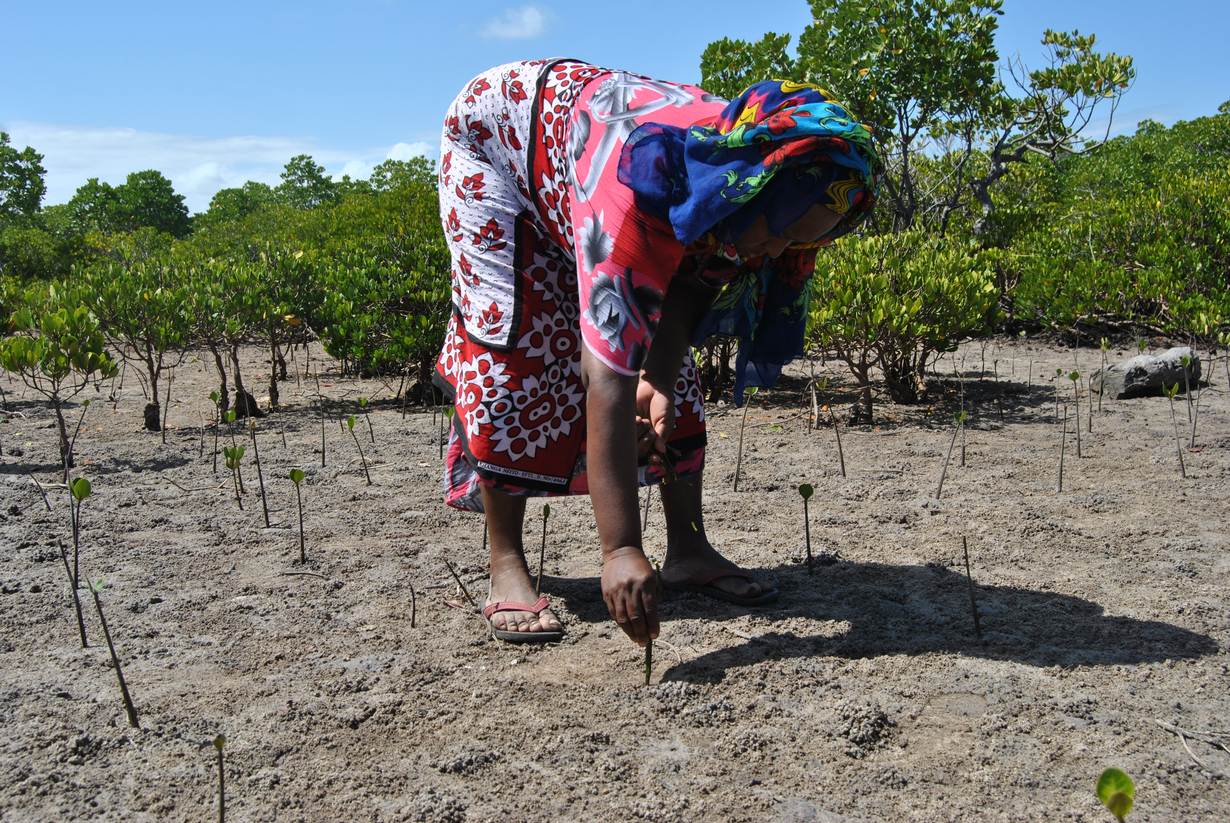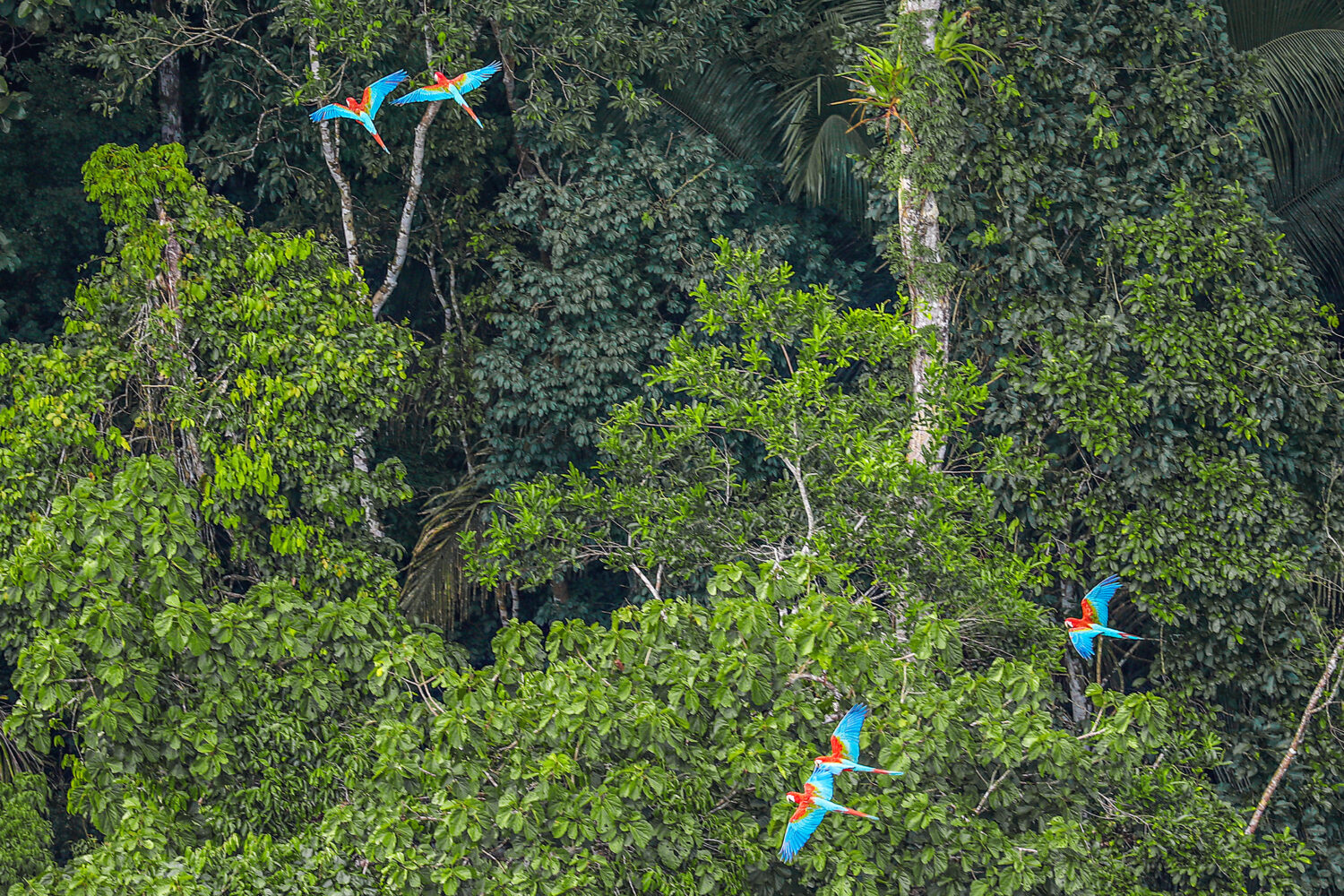Venture capitalists in many sectors have developed robust due-diligence practices. The conservation finance community and its catalytic investors are still learning what works.
Due diligence—the rigorous process that examines a venture’s business model, product-market fit, core strategies, customer validation, competitive landscape, and capabilities of the core team—is integral to any investment decision, and especially for impact investments.
Our review of 25 innovative conservation finance projects funded by the USDA’s Conservation Innovation Grants program found the biggest risk: immature markets for conservation outcomes. False assumptions about payors’ willingness or ability to pay can jeopardize otherwise effective efforts to protect biodiversity, restore landscapes and enhance livelihoods in fragile ecosystems.
Many more and even bigger such efforts are needed to meet the Biden Administration’s ambitious 30×30 challenge or to reverse the decline of global biodiversity by 2030. A recent report estimates that would require additional funding of $824 billion per year.
Conservation finance—the mobilization of private or public investment to capitalize conservation projects—has emerged to address this gap. It is a vibrant and growing field, populated by creative and entrepreneurial individuals across sectors who are finding more and more ways to connect capital and conservation.
If conservation finance is to make a decent dent on the funding gap, the conservation community needs to bring more effective initiatives and investment opportunities to market. Funders and investors need to see more and larger opportunities, and be well-equipped to accurately and consistently identify, size, and manage financial and impact-related risks.
Out of our assessment of more than two dozen projects, we have developed an “Arch” framework that are relevant both for those designing and developing conservation projects and for those seeking opportunities to place capital. The USDA has awarded Conservation Innovation Grants to innovators like Blue Forest Conservation and Greenprint Partners (formerly Fresh Coast Capital), and august conservation leaders such as NatureVest and World Resources Institute.
Our “Arch Framework” offers an architectural blueprint for how best to design, develop, and implement conservation finance initiatives effectively. It is meant to help project proponents anticipate and put in-place the factors critical to success. In turn, it offers investors a consistent framework for due diligence on conservation projects, ventures, or portfolios they are considering.
Start with the problem
We found that to perform well conservation finance projects must: 1) address a clear and significant problem; and 2) identify payors who are willing and able to pay for the solution.
Starting with the problem, not the solution may seem obvious as a way to get to product-market fit. Yet there is a human tendency to get excited about a concept or a tool that is not a priority or just doesn’t work for others, including the supposed customers or key constituents for a solution.
We observed multiple projects motivated primarily by proponents’ desire to test particular land management practices or financing mechanisms, or to tap into the growing pool of impact investing assets. Projects that followed this pattern typically found it hard to secure support from key constituents, assemble resources, and build momentum.
Projects that were instead motivated primarily by solving an urgent and significant problem for a specific set of constituents typically fared much better in this regard. (Though this is more relevant for pilot projects, replication efforts may also benefit from this insight.)
Revenue streams
Also obvious: Line up and lock in eventual payors before you line up financing.
Innovators in conservation finance have a hard task: they often find themselves designing projects, building partnerships, raising financing, developing quantification methods, and lining up repayment—all at the same time. Because many markets for conservation outcomes are immature, false assumptions about payors’ willingness or ability to pay can jeopardize the whole effort.
The most effective projects in the cohort were ones that had a high level of knowledge and confidence, from the outset, about the payors they were organizing their solutions around. In the cohort we assessed, payors took many forms: consumers (e.g., through certification and labeling programs), grants (e.g., through conservation easements), governments and municipalities (e.g., through water quality improvement payments), landowners (e.g., through organic transition farm loans), corporate offset buyers (e.g., through voluntary carbon credits), and various blends of these.
Successful programs understood the decision-making processes and needs of these different types of payors, and structured their value propositions, marketing, and overall strategy accordingly.
For example, The National Audubon Society’s Bird Friendly Beef certification program rewards ranchers for conservation measures and outcomes that benefit birdlife. The team tested different marketing and distribution channels to reach payors, and identified at least three that work: direct engagement through farmers’ markets and similar events; contracts with institutional buyers such as hospitals, colleges, and universities; and Blue Nest Beef, an online subscription company formed entirely around this program. The program is now scaling through all three channels.
The Nature Conservancy, meanwhile, honed in on agricultural water runoff and water quality challenges in the Midwest as an urgent and pressing problem, and on County Drain Commission Offices as an overlooked potential payor for novel solutions like buffer strips. They built close relationships with these offices and worked closely with them to craft a conservation solution that meets the needs of payors and agricultural landowners. They’re now in discussions with dozens of counties across the Midwest to scale adoption of this solution.
Wedges and keystones
The ‘problem’ and the ‘payors’ are the “Springers,” or foundational elements, on which the arch rests. Four “Voussoirs,” or wedges, are also correlated with positive outcomes. And there is a fifth keystone that holds it all together: the right partners.
In sum, projects that aim to achieve measurable conservation impact, as well as secure a return on capital, need to address a significant problem, identify willing and able payors, and display:
- The use of effective and implementable practices;
- Co-creation with core constituents;
- Alignment with legal, policy, and regulatory conditions;
- A viable strategy for data management and measurement; and
- The right set of project partners to carry the work forward from concept through pilot and on to scale.
We also identified practices that, while not as central as the above elements, are often valuable to apply when implementing projects. These best practices are reflected as Bricks.
The Arch reflects the experiences of 25 of the most sophisticated and innovative recent conservation finance projects in the U.S., as well as the considered input of a dozen leading practitioners and investors in the field.
Among its limitations: It is more relevant for conservation projects and investment models that are innovative and pioneering than for ones that have been well-proven and seek additional capital (>$50M) to scale. It also does not attempt to navigate or resolve a trade-off common to impact investments in conservation—financial return versus impact.
The model does attempt to identify and mitigate the sources of risk that can undermine a conservation project’s success, whether that manifests as a failure to achieve impact or to meet investors’ financial return expectations.
By integrating the Arch, investors, funders, and others can immediately strengthen their due diligence and decision-making and begin to unlock the capital that conservation so sorely needs.
The Enduring Arches: Building Conservation Finance Projects for Impact report was developed by Gordian Knot Strategies in collaboration with the Conservation Finance Network and with the generous support of the Walton Family Foundation. The full report can be accessed here: https://gordianknotstrategies.com/enduring-arches/.
Sean Penrith is CEO at Gordian Knot Strategies. Daniel Pike is a project director at The Climate Map. Leigh Whelpton is the director at The Conservation Finance Network.




